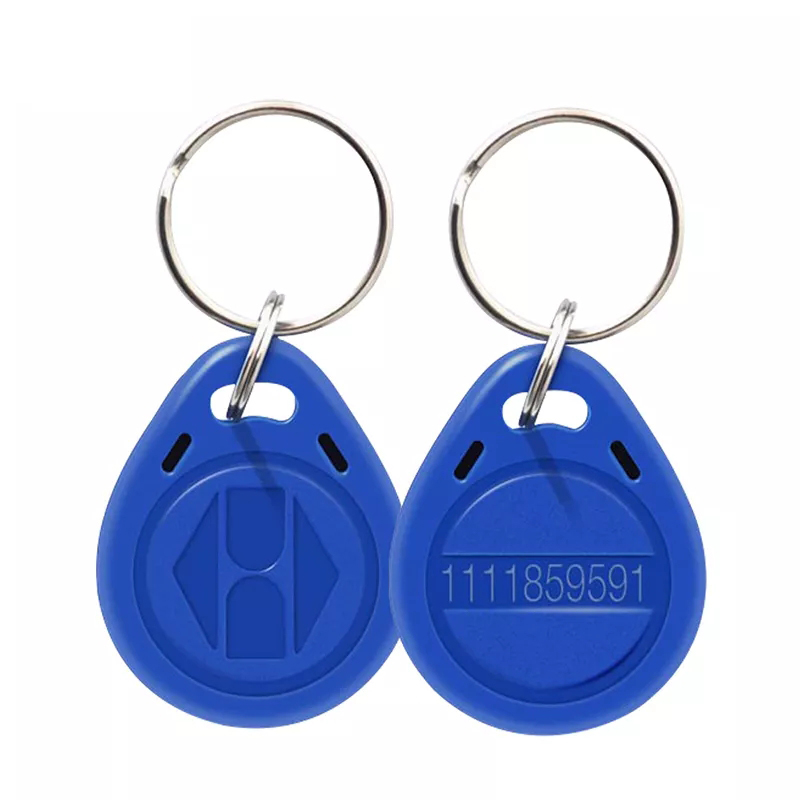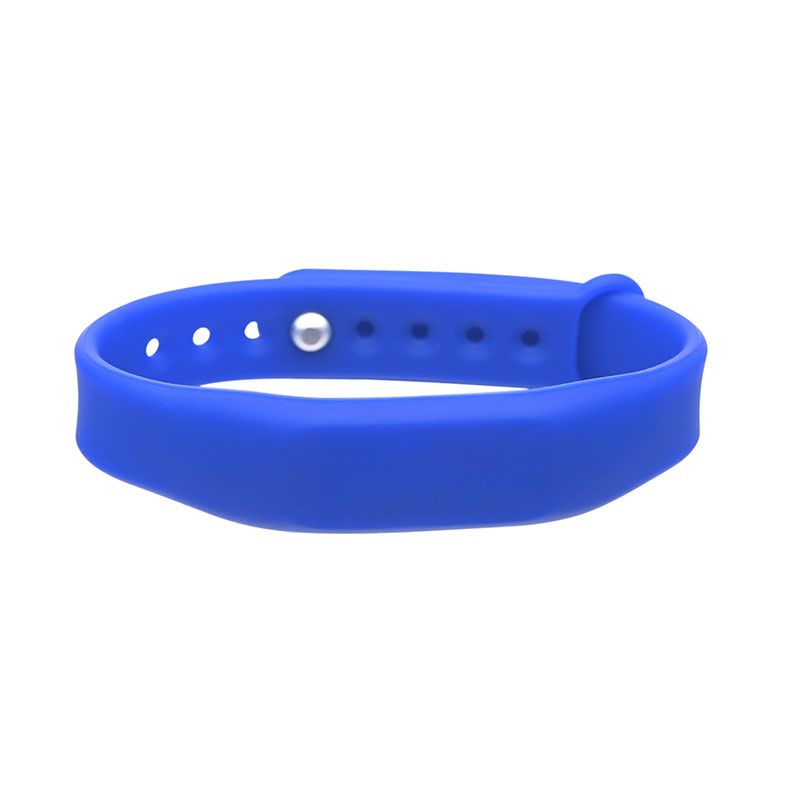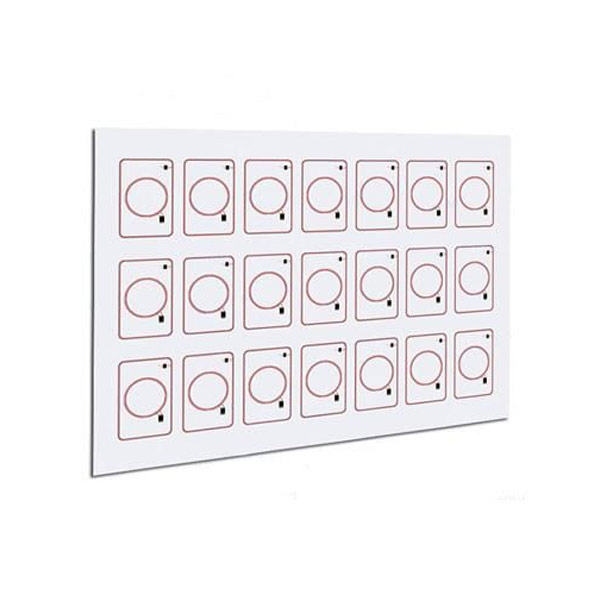With the development of economy, peoples income level is getting higher and higher. Although the income is increasing, the money in the wallet is getting less and less, and the cards are getting more and more. "With a card in your hand, you can travel all over the country", our life is more and more inseparable from ID cards. Bank cards allow you not to carry a lot of money to buy things. Memory cards allow you to do business without having to carry thick information. A public transportation card allows you to get a discount in town and not have to worry about getting change...
The Past Life of ID Cards
In this era of rapid technological development, the word "ID card" is everywhere. The reason why people widely accept and use various cards is that it is widely used and closely related to peoples daily life.
ID card, the English name "Smart Card". In fact, the name that first appeared in peoples eyes was IC card. Why? This has to do with its origin, which will be explained later. Now lets know what an ID card is. Simply put, an ID card is a card containing an integrated circuit chip that is portable, has a large capacity, high confidentiality, and has the same shape as the magnetic cards used by banks. However, with the development of technology, more technologies and shapes are now available, which will be mentioned later.
Next, let us understand the origin of ID card. mid 70s, Frenchman Roland first appeared in France ID card - Moreno (Roland Moreno) programmable set of IC will be the first set ( Integrated Circuit) to put the chip into the card, so that the card has more functions. At that time, he elaborated on this invention in his patent application: the card had a memory that could protect itself. Thus, the worlds first IC card was born.
In fact, the term is ambiguous in a sense. Since the advent of the IC card, it has been known internationally by various names. The English names are "Smart Card", "IC Card" and so on; Hong Kong and Taiwan are mostly called "Smart Card", "Smart Card" and "ID Card". "and" ID card "and so on; in the mainland, people usually call it "IC card" or "ID card". There are so many ways to call it, there is always a standard. So many names, there is always a standard. Therefore, the International Organization for Standardization uses ICC.(Integrated Circuit Card), that is, "integrated circuit card" to cover all the definitions that meet the definition of "ID card".
ID cards are composed of three aspects: one is the substrate, two is the contact surface, and three is the integrated chip. Lets start with the substrate, which is mostly polyvinyl chloride, but also plastic or paper. In the card making industry, all card factories generally do not produce PVC material. PVC material is provided by professional PVC material manufacturers, and the price difference standard is the white cleanliness of the material. Regarding the contact surface, according to the international standard ISO7816 for contact ID cards, the ID card chip is packaged in the upper left corner of the ID card, covering six or eight contact points and external devices for communication. Although the minimum and maximum size and location of the contact points are standardized, the layout of the contact surface can be freely designed by the card supplier or the chip manufacturer.
The integrated chip is placed last because it is the core part of the ID card. During the production process, the chip will first be packaged into individual modules and then embedded in the plastic card base. For contactless cards, the design antenna should be buried in the card base. The embedded chip card base, also known as the mid-material, is produced in the early stages of finished card production and is mainly used as a semi-finished product for various ID and non-ID card production.
Some ID cards contain RFID chips, so they can identify the cardholder and read and write ID cards without any physical contact with the reader. This type of ID card is a contactless ID card that combines RFID technology with IC technology. Now that we mention it, lets talk about the classification of ID cards.
Depending on the exchange interface, ID cards can be classified as contact, contactless and dual interface cards. Unlike contactless ID cards, contact ID cards can only read and write data after contacting a read-write device; dual interface cards (also known as composite cards) combine the first two cards into one card, embedding a chip, but making the card have both contact and contactless interfaces.
If we put the ID card alone in our hands, we have no way to operate it. A separate ID card makes no sense for any application system. In order to access data using an ID card, we must use something that can operate the ID card, i.e. a terminal device. We are familiar with POS and ATM machines and cell phones that can be called terminal devices, and only these terminal devices can really do the job of ID cards.

At first, the ID card was shaped like an ordinary bank card. With the progress of technology and experience, ID card added many different processes such as drip card, visual card, 3D card, laser card and so on. In addition to the variations in card surface processes, ID cards can also be customized in shape and can be packaged into special shapes such as tags, buttons, keys, accessories, etc. to meet the demand for ID cards and customized sexy personalities.
Easy-to-carry ID cards combine real-life functions. ID cards are used in a wide range of applications, from life to industrial production and consumption. By far the largest ID card application program in the world is the second generation national ID card that every Chinese citizen has. Lets look around us access control, social security cards, bank cards, bus cards and ETC cards, we cant live without ID cards, campus, community and transportation, all kinds of a card is no longer rare.
In the future, the ID card multi-purpose application technology and promotion will be more extensive. In the future, peoples production activities and consumption only need a card to achieve all the applications, the real realization of "a card in the hand, I have the world". In addition to the ID card, the combination of mobile payment and ID card technology has also become the development trend of the information age. ID card based NFC technology has been widely used in the field of mobile payment, the development of ID card in the field of mobile payment will make the cashless era come faster.





